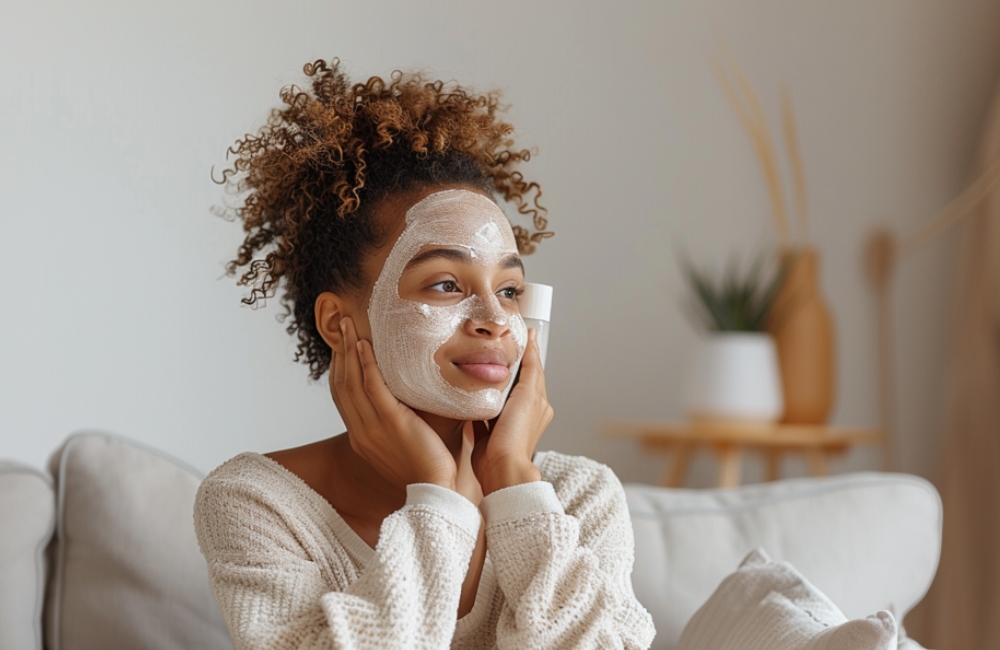New studies reveal hidden dangers in widely used acne treatments. A recent investigation uncovered alarmingly high levels of benzene, a known carcinogen, in several acne and rosacea medications. This discovery, published in a leading dermatology journal, has raised concerns about the safety of over-the-counter and prescription skin treatments.
Testing on more than 100 benzoyl peroxide products across multiple states revealed that nearly one-third exceeded FDA safety limits for benzene. Some brands contained up to 18 times the allowable threshold of 2 parts per million. This finding suggests that exposure to benzene through daily skincare routines may be more significant than previously understood.
Benzoyl peroxide, a staple in acne treatment, is known for its powerful antibacterial properties. However, researchers discovered that under specific conditions, it degrades into benzene, posing an unexpected health risk. The presence of this toxic compound in commonly used products has now sparked industry-wide scrutiny.
Environmental impact
Storage conditions and environmental exposure play a critical role in contamination. One of the most surprising aspects of this research was how benzene formation was influenced by everyday environmental factors. Unlike previous studies that tested skincare products at elevated temperatures, this investigation examined them under normal room conditions.
The results demonstrated that benzene levels increased when products were exposed to UVA/B light. This means that storage conditions, shelf placement, and even the way products are packaged could significantly affect safety. Consumers unknowingly leave acne treatments in warm, well-lit spaces, unknowingly accelerating the degradation process.
This discovery is particularly concerning given how frequently people use these treatments. Many store their acne products in bathrooms, where heat and humidity create conditions that could promote benzene formation. Understanding how environmental exposure contributes to contamination could help individuals make safer choices in product storage and handling.
Brand implications
Not all acne treatments contain dangerous benzene levels, but some do. The study highlighted stark differences between brands, with some containing minimal traces of benzene while others exceeded safety limits. This raises questions about manufacturing practices, ingredient stability, and the effectiveness of quality control processes across different companies.
Major brands now face increasing pressure to prove the safety of their products. Companies with high benzene levels in their formulations could experience a decline in consumer trust, leading to potential recalls, reformulations, or even lawsuits. On the other hand, brands that passed safety tests may leverage their results to strengthen their reputation and market their products as safer alternatives.
These findings could reshape how manufacturers approach acne treatment formulations. Companies may need to invest in stabilizing ingredients or redesign packaging to minimize benzene formation over time. Improved transparency regarding ingredient sourcing and storage recommendations may also become industry standards moving forward.
Storage and safety
Refrigeration could be the key to reducing benzene exposure in acne treatments. Experts recommend that benzoyl peroxide products be stored in cool environments to minimize degradation. The American Acne and Rosacea Society has long suggested refrigeration, and this study confirms that cold temperatures significantly slow down benzene formation.
For consumers, this means small changes in product storage can make a big difference in safety. Storing acne treatments in a refrigerator rather than a bathroom cabinet may help preserve their stability and reduce exposure to harmful chemicals. Additionally, using opaque or UV-protected containers could further limit the impact of light exposure.
Manufacturers may also need to adjust their recommendations for consumers. If cold storage is necessary to maintain product integrity, companies may need to rethink their packaging and labeling to ensure users are properly informed. Failure to address these concerns could lead to further scrutiny from regulatory agencies.
Consumer protection
Lack of clear labeling and regulation puts consumers at risk. Unlike known harmful ingredients that appear on labels, benzene is not intentionally added to acne treatments. Its presence results from chemical degradation, making it difficult for consumers to identify products that may be contaminated.
This highlights a major gap in skincare regulation. Current guidelines focus primarily on intentional ingredients, leaving room for harmful byproducts to slip through unnoticed. Increased FDA oversight and stricter manufacturing standards may be necessary to ensure consumer safety.
Additionally, the findings raise concerns about long-term exposure. Since benzoyl peroxide is used daily by millions, prolonged contact with benzene—even in small amounts—could have serious health implications. The risk may be even greater for teenagers and young adults, who often rely on acne treatments for extended periods.
To protect consumers, regulatory agencies may need to enforce new testing protocols that account for real-world conditions, such as typical storage and usage patterns. Until then, individuals must take extra precautions when selecting and storing their acne treatments.
Future considerations
The skincare industry faces increasing pressure to prioritize consumer safety. These findings may prompt widespread changes in how acne treatments are formulated, tested, and marketed. As research continues, companies may need to develop more stable formulations that resist benzene formation even under common storage conditions.
Regulatory bodies will likely evaluate whether current safety thresholds are sufficient or if new guidelines are needed. Consumers may also demand greater transparency from brands, pushing for clearer labeling and independent safety testing.
For those concerned about potential exposure, choosing alternative acne treatments, such as retinoids or salicylic acid-based products, may be a safer option. Until clearer regulations are established, consumers must take proactive steps to minimize risks, ensuring their skincare routine supports both clear skin and long-term health.














